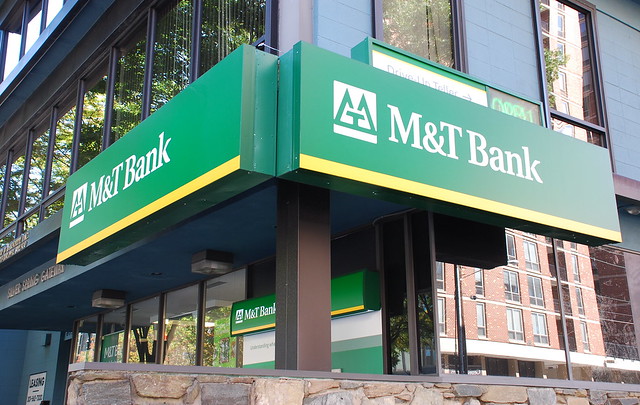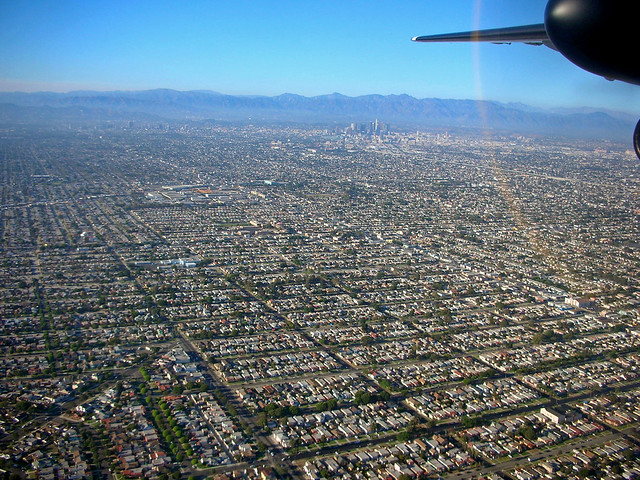Washington D.C.
 |
| Rendering of future DC United Stadium Photo Credit: DC United |
DC United Stadium: DC United reached a tentative deal with the city to construct a new $300 million, 20,000 seat stadium in SW DC. The move is expected to
New Walmart Stores: The national retail behemoth opened two "urban-style" stores in NW Washington DC this month after a summer of controversy involving a new minimum wage bill that threatened to terminate the projects altogether. Three more stores are planned for the city, including one that is already under construction.
Bridges Complete: The 11th Street Bridges carrying I-695 and MLK Jr. Ave SE across the Anacostia River and the Wilson Bridge carrying the Beltway (I-95/I-495) across the Potomac River were officially completed this year. The bridges were largely complete at the beginning of the year, but minor construction work remained to be finished.
New Transportation Funding: Both Maryland and Northern Virginia received a major boost in funding for new transportation projects and system maintenance thanks to increases in gas and sales taxes respectively.
City Center DC: The nearly $950 million, 5- block development began to deliver this month with apartments becoming available for lease. The second phase of the development, one of the largest in the nation, is expected to break ground next year and include a luxury hotel.











